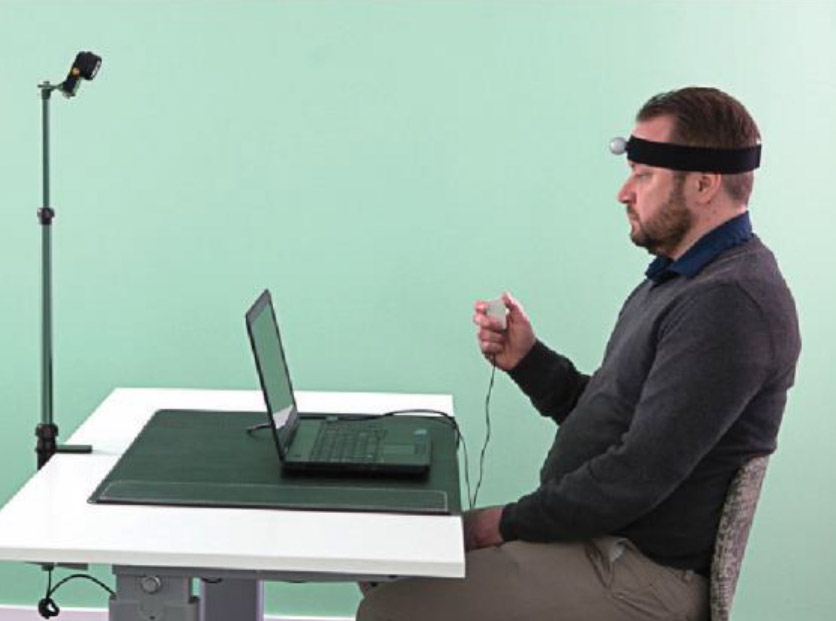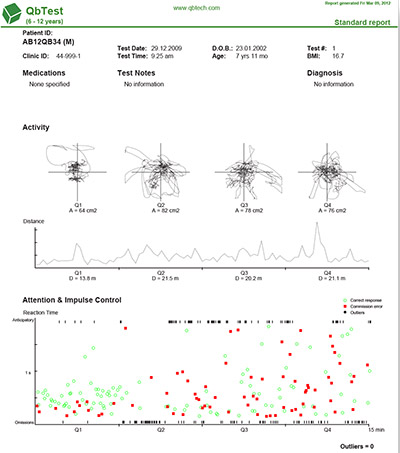One of the most common misconceptions about ADHD is that it’s something only kids can have. A stereotypical ADHD patient is a young, hyper male who can’t focus in school. But the reality of ADHD looks so much different. There are a lot of presenting symptoms of ADHD that go overlooked—and these symptoms often lead to strained relationships. Some less obvious symptoms of ADHD that adults experience include:
- Frequent tardiness, inability to be on time
- Forgetting dates and missing deadlines
- Anxiety and depression
- Procrastination
- Irritability
- Impulsive decision making
Many of our adult patients have been diagnosed with various other mental illnesses like anxiety, depression, bipolar disorder, or various sleep disorders, because over the years clinicians have failed to get to the root of their problems.
If your mental state leaves you feeling frustrated or discouraged: have hope. ADHD could be the culprit. Appropriate diagnosis and treatment could change your life.

What Our Patients Have to Say
What to Expect
As a Patient at Greenville ADHD Specialists
First, we evaluate your history.
Before your first appointment, we try to gather as much information as possible about your history. Having this information ahead of time helps us focus our questions and spend more time speaking with you during your initial appointment about the specific issues you’re experiencing in everyday life.
We will provide you with paperwork to fill out regarding your:
- Past medical and surgical history
- Birth history
- Developmental history
- Mental health history
- Sleep problems
- Social history
- School history
- Family medical history
Second, you will have two initial appointments.
New patient evaluations are split into 2 separate appointments- testing and meeting the Provider.

On the day of TESTING: typically takes 45-60 minutes
- No caffeine or nicotine at least 2 hours prior to your appointment for accurate testing results. If you are currently prescribed medication for ADHD, please do not take your medication the day of your testing.
- Bring your insurance card(s), pharmacy card, and photo ID with you. We will also take a patient photo for your chart.
- Bring a list of all current medications and supplements with dosage, or the original bottles.
- Payment of $200 is required on the day of testing.

On the day of your new patient appointment:
- Payment is due at the time of service. Cost is $500 (payment plans available, minimum $200 due day of) or $400 if paid-in-full.
- If you live with a spouse or significant other, it can be beneficial to bring them to the appointment with you.
- We suggest using a voice recording device or app on your phone to record your conversation with the provider. It can be very helpful to go back and listen, as you will be receiving a lot of information.
- The time needed for your first appointment is about 1-1.5 hours, so plan accordingly.
Third, you return for a follow up appointment.
We like to see our patients back within 2 to 4 weeks after beginning a treatment plan. Your follow up appointment will last approximately 30 minutes, but can be longer depending on the complexity of your case. We will have you repeat the same questionnaires and rating scales as you did in your initial appointment to compare results, including possibly retaking the Qb Test if your clinician feels it would be best.
Your provider will ask you many questions about how you did with your medication, including the time of day you took it, when it wore off, what benefits you noticed, what side effects you noticed, how you slept, and more. If you’re still not feeling your best, then additional dosage adjustments may be needed.
Every 3 months, we need to see you for maintenance visits. We offer telemedicine appointments for South Carolina patients.
It is important that we see patients every 3 months for multiple reasons. First, it allows us to monitor your progress and make adjustments to your treatment plan as needed.
Second, if you are prescribed a stimulant medication, our clinicians can only write for 3 months of prescriptions at a time due to South Carolina law. A stimulant prescription is NOT refillable, but we are allowed to electronically send 3 months of prescriptions at a time and each prescription expires after 90 days. In addition, it is important to follow weight, height, blood pressure, and heart rate in patients who take any medications.
The questionnaires and rating scales used in the initial visit will be repeated to monitor growth and progress.
- 1. Pre-appointment
-
First, we evaluate your history.
Before your first appointment, we try to gather as much information as possible about your history. Having this information ahead of time helps us focus our questions and spend more time speaking with you during your initial appointment about the specific issues you’re experiencing in everyday life.
We will provide you with paperwork to fill out regarding your:
- Past medical and surgical history
- Birth history
- Developmental history
- Mental health history
- Sleep problems
- Social history
- School history
- Family medical history
- 2. Initial Appointment
-
Second, you will have two initial appointments.
New patient evaluations are split into 2 separate appointments- testing and meeting the Provider.

On the day of TESTING: typically takes 45-60 minutes
- No caffeine or nicotine at least 2 hours prior to your appointment for accurate testing results. If you are currently prescribed medication for ADHD, please do not take your medication the day of your testing.
- Bring your insurance card(s), pharmacy card, and photo ID with you. We will also take a patient photo for your chart.
- Bring a list of all current medications and supplements with dosage, or the original bottles.
- Payment of $200 is required on the day of testing.
LEARN MORE ABOUT THE QBTEST
On the day of your new patient appointment:
- Payment is due at the time of service. Cost is $500 (payment plans available, minimum $200 due day of) or $400 if paid-in-full.
- If you live with a spouse or significant other, it can be beneficial to bring them to the appointment with you.
- We suggest using a voice recording device or app on your phone to record your conversation with the provider. It can be very helpful to go back and listen, as you will be receiving a lot of information.
- The time needed for your first appointment is about 1-1.5 hours, so plan accordingly.
DIAGNOSIS & TREATMENT FAQ - 3. Follow-Up Appointment
-
Third, you return for a follow up appointment.
We like to see our patients back within 2 to 4 weeks after beginning a treatment plan. Your follow up appointment will last approximately 30 minutes, but can be longer depending on the complexity of your case. We will have you repeat the same questionnaires and rating scales as you did in your initial appointment to compare results, including possibly retaking the Qb Test if your clinician feels it would be best.
Your provider will ask you many questions about how you did with your medication, including the time of day you took it, when it wore off, what benefits you noticed, what side effects you noticed, how you slept, and more. If you’re still not feeling your best, then additional dosage adjustments may be needed.
- 4. Maintenance
-
Every 3 months, we need to see you for maintenance visits. We offer telemedicine appointments for South Carolina patients.
It is important that we see patients every 3 months for multiple reasons. First, it allows us to monitor your progress and make adjustments to your treatment plan as needed.
Second, if you are prescribed a stimulant medication, our clinicians can only write for 3 months of prescriptions at a time due to South Carolina law. A stimulant prescription is NOT refillable, but we are allowed to electronically send 3 months of prescriptions at a time and each prescription expires after 90 days. In addition, it is important to follow weight, height, blood pressure, and heart rate in patients who take any medications.
The questionnaires and rating scales used in the initial visit will be repeated to monitor growth and progress.
PRESCRIPTION FAQ
Take the Next Step.
If you think you might be dealing with ADHD-related symptoms, please reach out to us to schedule an appointment. We would love to help you.
